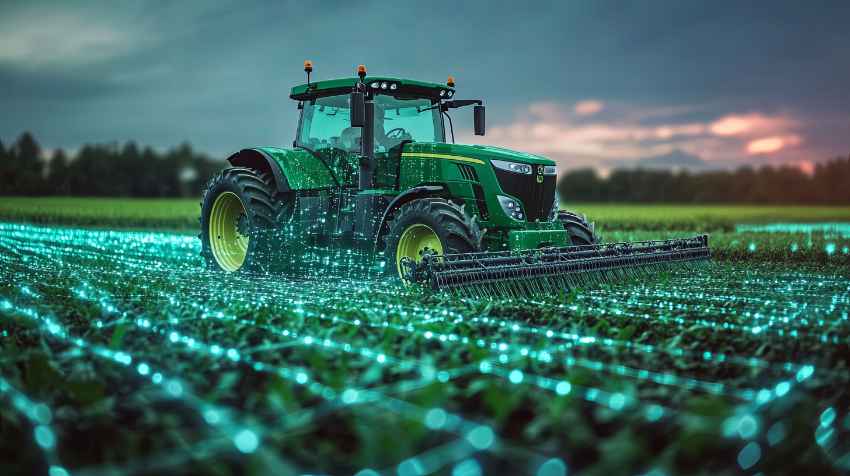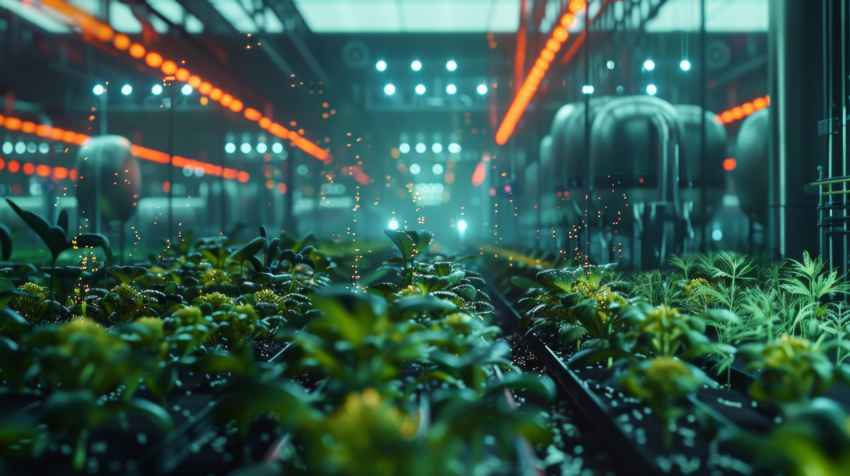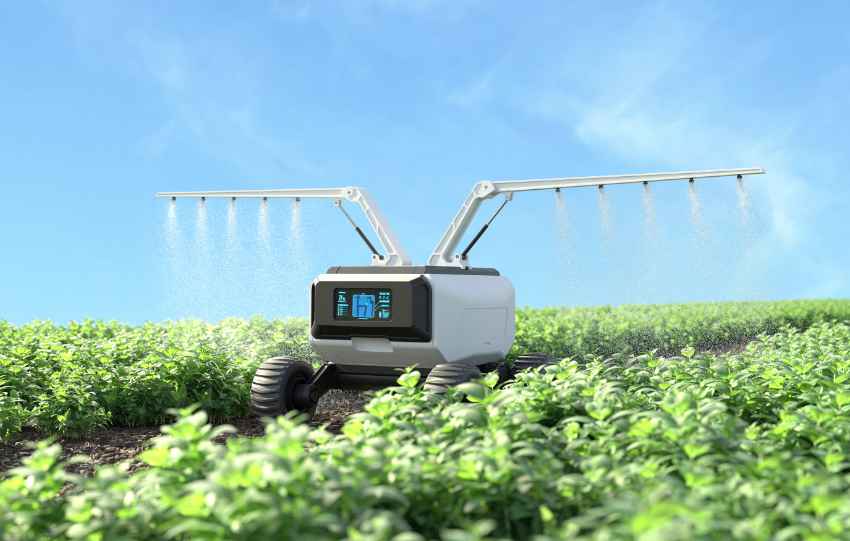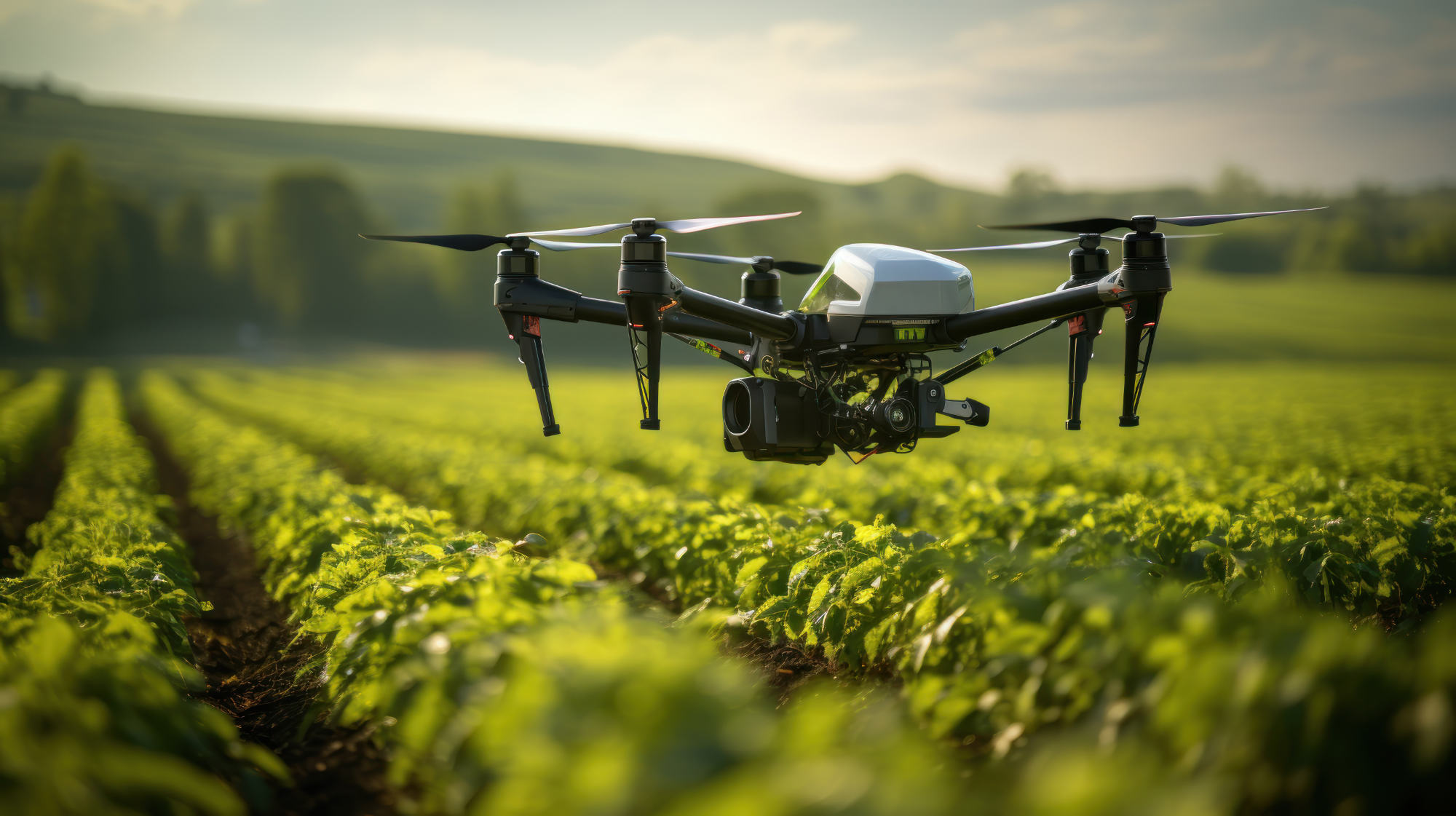By 2050, the global population is expected to reach 9.7 billion, intensifying the demand for food and putting immense pressure on agriculture to maximize yields. The challenge is clear: How can we produce enough to feed the world without depleting natural resources?
Farmers face a harsh reality — limited arable land, labor shortages, climate change, environmental degradation, and declining soil fertility threaten productivity. Traditional expansion isn’t enough, and innovation comes to help. Precision agriculture, AI-driven analytics, and automation transform the industry, optimizing every stage from planting to harvest.
Keymakr, as a data annotation provider, recognizes the growing demand for AI applications in agriculture from both large enterprises and small startups. The reason is clear — these solutions can analyze soil conditions, predict weather patterns, and detect diseases with unparalleled accuracy.
Let’s explore the main AI-driven decisions and how they boost efficiency and sustainability.
Changes in Data Collection
Agricultural data collection has evolved extensively. AI-powered drones can scan up to 1,000 acres per day, collecting real-time data on soil health, crop conditions, and weather patterns. IoT-enabled sensors provide farmers with instant insights that help to prevent crop losses and increase efficiency. These real-time observations are structured into drone imagery, soil moisture readings, and temperature and humidity levels. These are then annotated to highlight plant health conditions, mark areas with signs of disease, and segment land regions based on soil quality.
A strong example of a company leveraging AI-powered agricultural data collection is Taranis.
Taranis uses high-resolution aerial imagery, AI, and machine learning to monitor crop health at the leaf level. Their system processes vast amounts of data from drones and satellites, identifying early signs of disease, pests, and nutrient deficiencies. By detecting these issues before they escalate, farmers can take targeted action, improving yields and reducing losses.

AI for Smart Agriculture
Predictive analytics allow farmers to forecast yields with high accuracy. ML models analyze soil and climate data, enabling precise seed placement, nutrient management, and pest control. AI-powered robots and autonomous tractors also significantly reduce labor costs.
These smart-systems process data from satellite imagery, GPS readings, and farm management software logs, annotated to detect crop types, map geospatial data, and monitor disease-affected plants. For instance, John Deere’s AI-powered agricultural machinery uses GPS and machine learning to autonomously navigate fields, planting seeds at optimal locations and reducing seed waste. Similarly, Blue River Technology’s “See & Spray” system uses AI to distinguish between crops and weeds, allowing precise herbicide application, which significantly reduces chemical usage.
NASA’s Harvest program utilizes AI-powered satellite data to monitor global agricultural productivity, identifying droughts, pest outbreaks, and soil degradation. This data enables policymakers and farmers to take proactive steps to ensure food security.
AI and Protected Cultivation
In controlled environments like greenhouses, AI optimizes growing conditions. Automated climate control systems adjust temperature, humidity, and lighting based on real-time data. AI-driven vertical farming systems reduce land use by 99% and cut water consumption by 98%, making them innovators in urban agriculture.

AI utilizes environmental sensor readings, plant growth tracking images, and irrigation logs to ensure effective automation. All these are annotated to define optimal temperature ranges for different plant species, monitor growth patterns, and evaluate water usage efficiency.
Plenty, a leading vertical farming company, uses AI to optimize its indoor farming systems. Their technologies control climate, lighting, and irrigation to maximize crop yield while reducing resource consumption. Plenty’s vertical farms aim to make urban agriculture more sustainable and efficient.
AI in Soil and Water Management and Irrigation
AI-powered irrigation systems adjust water delivery based on real-time soil moisture levels, leading to a 40% reduction in water waste. AI-driven soil health analysis ensures optimal nutrient distribution and improves crop resilience against climate change.
AI can classify soil types, map moisture levels, and evaluate irrigation efficiency patterns by analyzing soil composition reports, water retention data, and weather forecasts. Technologies like Netafim’s AI-powered drip irrigation systems allow farmers to save up to 50% of water while maintaining high crop productivity.

AI in Animal Production
Computer vision and IoT sensors track animal health, detecting diseases early. AI-powered feeding systems optimize nutrition, producing healthier livestock and higher milk and meat.
To achieve this, AI relies on tracking animal behavior, veterinary reports, and biometric monitoring data, annotated to label movement patterns, identify disease symptoms, and categorize livestock activity levels.
Animals.ai, an AI-driven livestock monitoring solution, uses advanced computer vision and machine learning algorithms to interpret animals’ body language. This technology provides farmers with insights into their livestock’s health and well-being. It enables early detection of health issues and optimizes resource use, leading to improved herd management and sustainability.
Challenges in Adopting AI Agriculture Solutions
Despite its benefits, AI adoption in agriculture faces challenges. High implementation costs, lack of digital infrastructure in rural areas, and the need for technical training slow down adoption. However, government incentives and AI-as-a-service models make these technologies more accessible to farmers.
Continued investment in research and infrastructure is essential to maximize AI’s impact. AI must be tailored to different farming conditions, ensuring accessibility for small-scale farmers. As technology advances, AI-driven agriculture will play a pivotal role in global food security and environmental sustainability.



